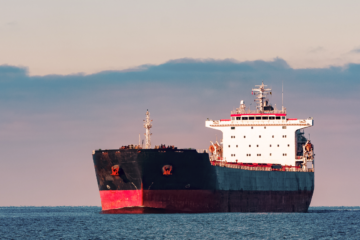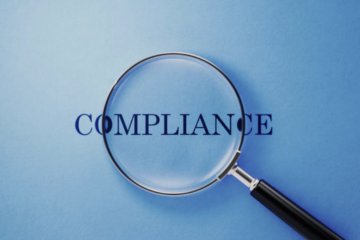On February 20th, 90% of the world fleet for marine liability insurance, known as P&I, was renewed by the International Group of P&I Clubs with a new 12-month P&I policy. The 12 P&I clubs that are part of the International Group generate a premium size of about USD 3.5 billion. This is a 10% market share of the total premium size in marine insurance. Half of USD 35 billion is marine cargo insurance, 25% is hull & machinery and another 25% is offshore & energy.
Evolution of P&I clubs: from mutual ownership to diversified marine insurance offerings
P&I Clubs operate on a mutual basis. There are in fact not insureds, but members. The members own the P&I Club. In recent years, there have been many developments among P&I clubs in terms of diversification. Increasingly, P&I Clubs are developing by offering other marine insurance, such as Hull & Machinery, War Risks, Strike & Delay insurance. This development is expected to expand further.
Besides the P&I Clubs, which are thus working to gain more market share, there are many insurance companies, MGAs, and even some small mutuals offering marine and marine liability insurances. Each marine underwriter has their specialization. This makes the market very segmented, which is also partly caused by the co-insurance phenomenon. Almost all Hull & Machinery and Marine Cargo insurances are underwritten on a subscription basis. This means that there are several insurers on one policy.
Brokers: vital intermediaries facilitating co-insurance in the marine insurance market
Brokers play a crucial role in the marine insurance market, acting as intermediaries between the underwriters and marine underwriters at different insurance companies, and facilitating co-insurance arrangements. The broker compiles a comprehensive document known as a slip of cover note, containing all relevant information. Subsequently, insurers express their preferences regarding their percentage participation and pricing.
Each marine underwriter is a specialist in their field. Segmentation is quite tightly organised. A marine underwriter in H&M or Cargo insurance has nothing to do with marine liability insurance, as offered by P&I Clubs, MGAs and various insurers.
Examining the potential for consolidation in the marine insurance market amid segmentation and cost challenges
However, a very interesting question for the future concerns the extent to which the wide segmentation will lead to consolidation. The cost factor is high. When comparing the size of the marine insurance market, estimated at USD 35 billion, with the global non-life premium market size of USD 900 billion, it becomes apparent that marine insurance commands a relatively small market share, standing at less than 4%.
This disparity suggests a likelihood of consolidation in the future. Furthermore, when considering marine liability insurance specifically, which encompasses USD 4 billion involving the International Group and other insurers, the market share dwindles to less than 0.5%. This difference underscores the potential for consolidation within this niche segment.
We anticipate how things unfold.
Click here to continue reading about the marine insurance industry: full of unexpected risks.




0 Comments